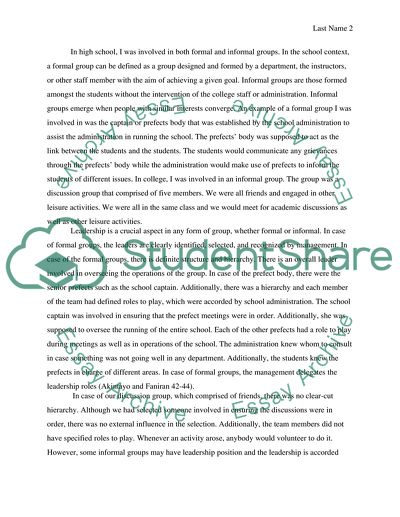Cite this document
(Group Dynamics And Interpersonal Relations Among Employees Research Paper, n.d.)
Group Dynamics And Interpersonal Relations Among Employees Research Paper. Retrieved from https://studentshare.org/sociology/1789955-groups-and-group-dynamics-theory
Group Dynamics And Interpersonal Relations Among Employees Research Paper. Retrieved from https://studentshare.org/sociology/1789955-groups-and-group-dynamics-theory
(Group Dynamics And Interpersonal Relations Among Employees Research Paper)
Group Dynamics And Interpersonal Relations Among Employees Research Paper. https://studentshare.org/sociology/1789955-groups-and-group-dynamics-theory.
Group Dynamics And Interpersonal Relations Among Employees Research Paper. https://studentshare.org/sociology/1789955-groups-and-group-dynamics-theory.
“Group Dynamics And Interpersonal Relations Among Employees Research Paper”, n.d. https://studentshare.org/sociology/1789955-groups-and-group-dynamics-theory.


